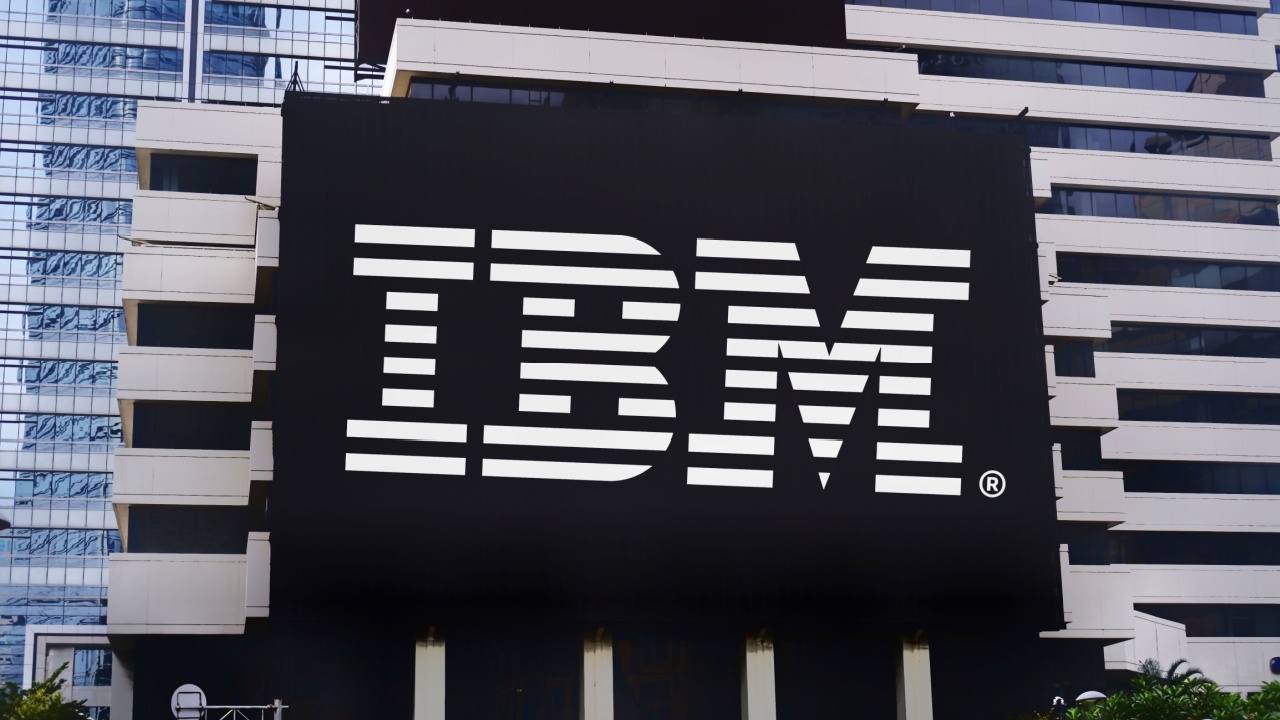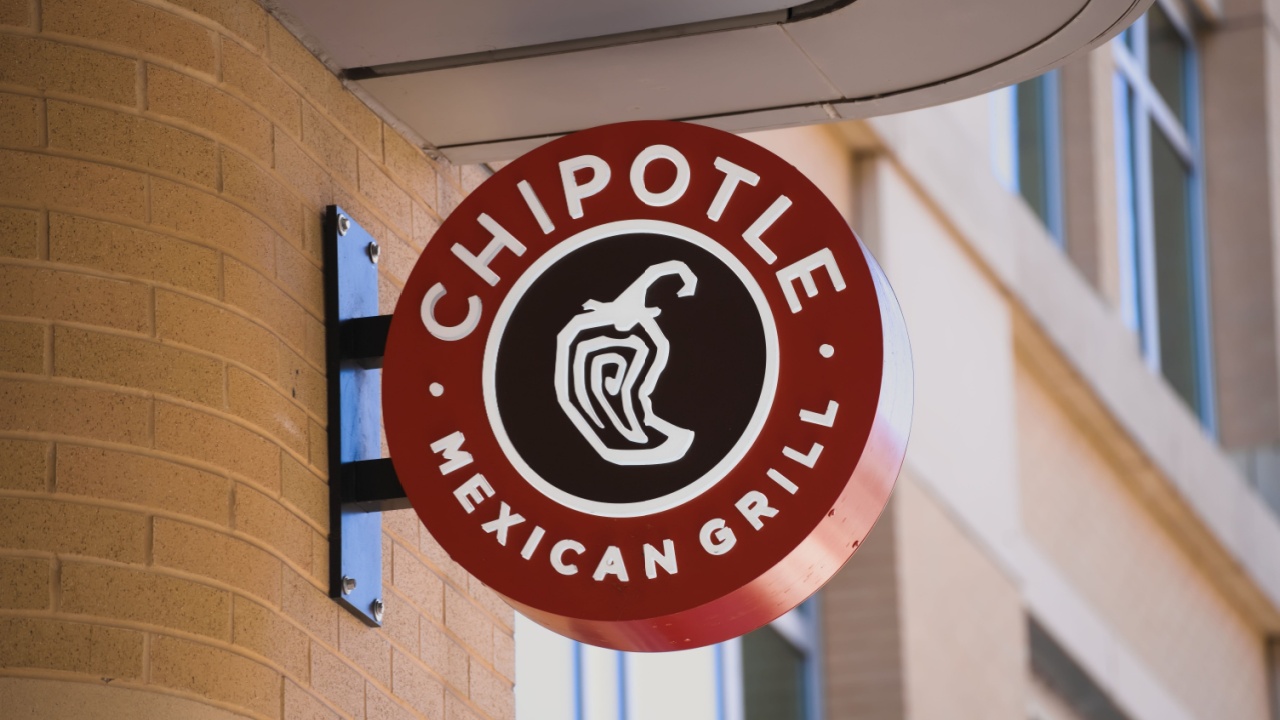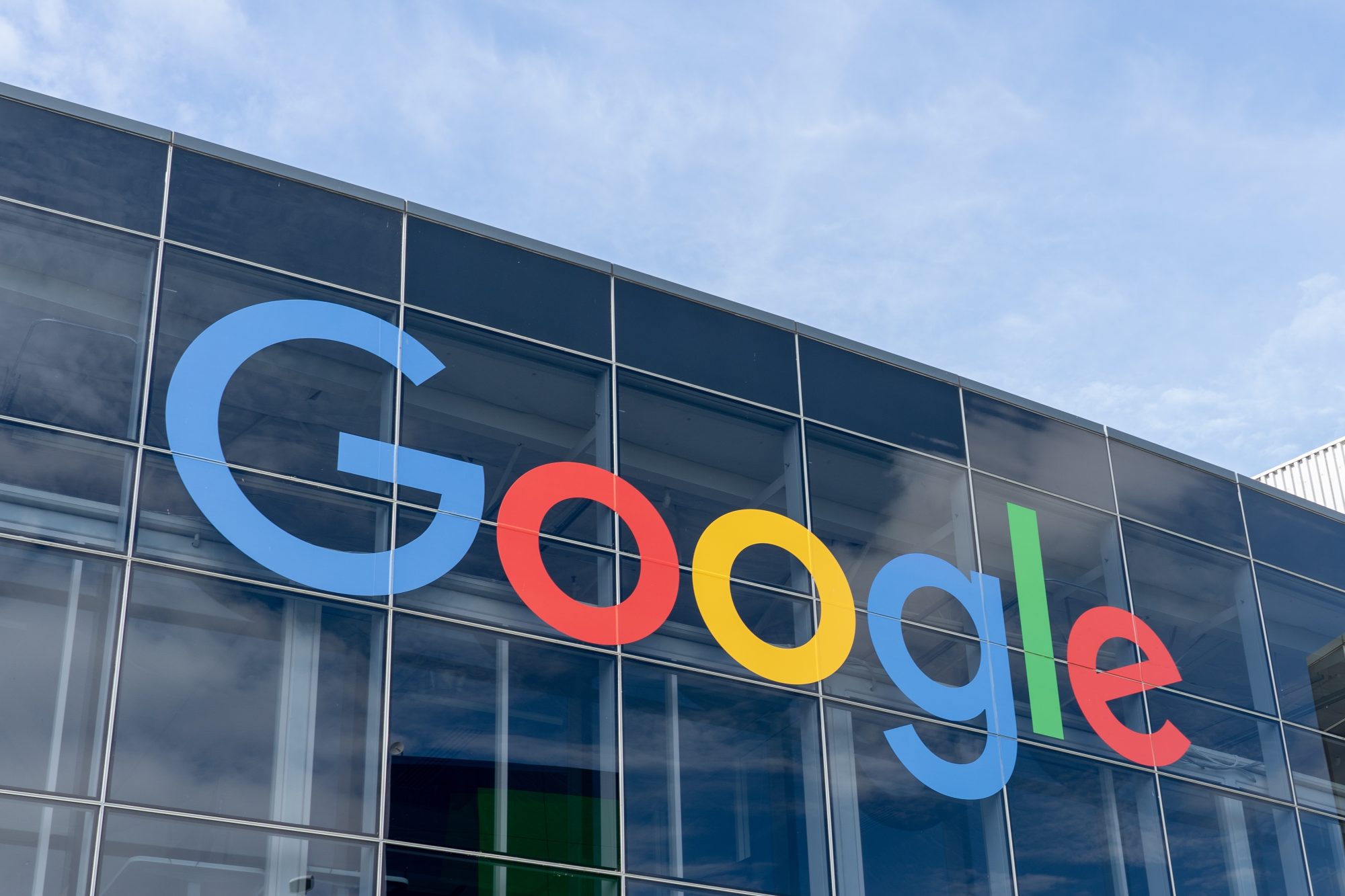The British referendum doubled the number of discussions about the future of the EU. The main reason is an inability of many to imagine the world without the EU. It resembles the situation from a few decades ago when no one could envisage and accept the possibility of a collapse of the USSR. There are other elements of our everyday life that, not long time ago people never heard of, and now average Joe would have problems picturing his live without.
Democracy
Hundred millions of people casting their votes is a testimony to the wide array of freedoms our society boasts. Democracy is linked to universal suffrage and this came around only in the 20th century. During WWI (or for a period after) countries enabled voting for the majority of the society: Germany, Austria, Sweden and Norway. Later universal suffrage was introduced in Canada (1960), Australia (1962), the USA (1965) and Switzerland (1971). Only since 1988 an illiterate can vote in Brazil.
I previously mentioned that democracy is tightly linked to freedom in the opinion of many. A different point of view was presented by the Founding Fathers of the US. The same people who, thanks to the US constitution, made great leaps to secure freedoms of the individual. They thought that democracy is a system where two wolves and one sheep decide what they will eat for dinner. Democracy for them was a symbol of a tyranny of the majority. The US constitution was a pinnacle development of its era which gave the right to citizens and limited the capability of politicians to manipulate and twist the cornerstone of the free society – it guarded the minority against the tyranny of the majority.
Unfortunately, politicians obsessed with grabbing more power lead to the judiciary branch, affected by pressure, interpreting the constitution and changing the law in a direction never accepted by the authors of the constitution.
In democracy many issues are seen in very different light. Tax progression can be the first example. Higher taxes burdening the rich (minority) weakens the defiance of the poor (the majority). Another example is inelastic labour law improving stability of already employed (the majority) at the expense of people seeking employment or entering the job market. Many people are surprised by the amount of power in the hands of medieval kings or ancient rulers simultaneously not caring for the limitless power wielded by the ‘50.1%’ in today’s society.
Welfare state
Only hundred years ago no one could have thought of the expansive character of the government we see today. We are witnesses of very similar situation – a short period of time and society that got used to (bigger or smaller) welfare state, makes this society unable to imagine a different model than welfare statism. The democracy itself catalyses the transition towards a ‘socially responsible’ model of governance. Politicians are keen to announce their promises – soon to be funded by more taxes – during campaigns. After countless examples we still see the conviction of the society that everything that politicians want to give to the people is not going to cost anything. Big state is directly correlated with big government spending. Let us check first how the situation looked like in the beginning of the XXth century.
Source: Marc Faber, tradingeconomics.com
Above chart shows the level of public spending in relation to GDP of respective countries in 1870 and 1913. For comparison I annotated average government spending in Eurozone (48%) and in the US (38%).
A year before WWI average public spending of those countries amounted to only 13% of GDP and most of this sources were military spending.
It is worth noting the position of Scandinavian countries. In 1870 their public spending level was lower than 6% and before WWI below 10%. This is one of the reason behind their success. Generations today forgot about the real formula to wealth (not welfare). Increasing the role of the state inevitably lead to the increase of public debt – see the chart below:
Source: Marc Faber, trandingeconomics.com
In many countries the level of public debt rose from 10 to 100% in the last century. One outlier in this characteristic is Spain which in 1975 had only 10% debt-to-GDP ratio and few months ago reached over 100%.
Welfare state is built on political promises paid by taxpayer’s money. Already mentioned progressive tax code in the US was introduced in 1913, in the same year as the Federal Reserve. This was the moment enabling politicians to raise taxes and appeasing masses with ideological slogan: “rich are going to pay for this”. Progressive tax code is one of the biggest threat t private property because it creates appearances of fight against social inequality but in fact it further impoverishes the society (especially the poor segment).
When talking about welfare state we should also touch the topic of income tax. It emerged in XIXth century and in its early years the state was taking from 1-7% from the employed. Today we can easily find countries with income taxes at 40 or even 50%. Welfare state can grow and expand because of continuous attempt to advertise the advantages of: “You earn, we redistribute”. The system strengthens while people stop believing in help from their relatives or charitable organisations because everyone is left with thinner wallet thanks to ever growing taxes. The biggest issue here is that the welfare state system is not aimed to help the poor but only to make the majority of people dependent on the state. This is how you can take control of people and convince them that money can be produced out of thin air. How many times you heard slogans of ‘free healthcare’ or ‘free education’? What is worse is that, the construct of responsibility for oneself is dissolved because if the state is taking care of us no matter what happens, it does not make any sense to save money or care for the right way to bring up our kids.
The record level of debt
When money from taxes is gone and the political promises are far from being funded there is no other way but to take on debt. It was not that long ago since high public debt was bound to be the result of war. Today situation is dramatically different.
Source: Marc Faber
As you can see above, during XXI century global debt is piling up at an increasing rate and now equals triple the world’s GDP.
The rate at which debt was accrued was limited for two reasons. Interest rates and the cost of servicing debt. Right now the economy operates within ZIRP environment removing all inhibition from adding more debt by politicians. Also servicing debt is not a problem as governments are rolling their debt and kick the can down the road postponing any consequences of their actions. A chart below shows how big of a jump the ratio of public debt vis-à-vis GDP in the last 30-35 years experienced. This drastic plunge into debt was possible due to removing the last element of gold standard for the USD in 1971.
Source: Marc Faber
The amount of global debt in trillion dollars (Blue, left scale) is compared with debt as % of GDP (red, right scale). In 1980 we saw that debt was below the value of global GDP. Now, we know that any equilibrium disappeared as the society consumes at the expense of future generations. When the crisis hits the standard of living for millions of people will deteriorate and we should expect social unrest. The whole system today was built on the trust confined in a brittle financial system. One crack can result in construction being shattered.
Empty money and the madness of central banks
This year we will celebrate the 45th anniversary of ‘temporary’ suspension of convertibility of the dollar into gold. Of course, Nixon’s decision was as much temporary as any tax introduced only for ‘a period of time’ The monetary system based on a fiat currency puts the fate of money into the hands of politicians and their common sense. This is the problem in the democracy. This system, unfortunately, degenerates the quality of decision-making people because of the lack of personal responsibility for actions during the term in office. When economically illiterate politicians bring their states to the point where printing money is the only option – it always ends the same way – currency is destroyed.
In the reality, the key role is played by central banks. Since last crisis, their policy is aimed at eliminating – crucial for any healthy economy – business cycles. This is the element rewarding patience and vision while punishing stupidity, greed and myopia. Cycles make many people lose money but simultaneously they motivate to change ineffective behaviour and encourage efficient work. It is during the recession we see bad companies bankrupting, making space for better-managed firms. This results in an increase of overall productivity of the market. If in 2008 banks were not saved at all costs we could see new, smaller businesses managed safer and everyone would benefit from cleansed sector. Thanks to saving TBTF we all will pay for the huge debt and banks (and their CEOs) are now “too big to jail”. Just another example how government’s intervention in the economy is harmful and leads to further distortions in the market.
Knowing the above we can state that continuing policy of ZIRP is just a reflection of human greed. No one can expect that actions are not going to have consequences. Asset pricing disconnected from reality, no corrective measures – this situation may prevail for a long period of time but at the end, the fundamentals have to be faced. Maybe someone believes that my analysis of central banking is too harsh. Maybe some people still believe in the superhuman intelligence of heads of those institutions. This is why I want to end this paragraph with the quote of president of the Bank of Japan, Haruhiko Kuroda from June 2015:
“I trust that many of you are familiar with the story of Peter Pan, in which it says, ‘The moment you doubt whether you can fly, you cease forever to be able to do it,’” Mr. Kuroda said. “Yes, what we need is a positive attitude and conviction.”
Summary
Things I touch in this article are difficult to understand and accept because we are used to living in different reality. Europe and the US have few calm decades under their belt. I am not a doomsayer because this blog is not aiming to create catastrophic visions and scare you but understanding that building bricks of the system we live in exist only for a fraction of a second in comparison with the world’s history is crucial. The system is changing in front of our eyes and Brexit was just a prelude. New rules may not be democratic neither they could try to build another welfare state. But it is clear that most of us soon will have to take responsibility for decisions we make. All because every magical program that was supposed to bring welfare for everyone proved to be economically impossible to sustain.












